Pikey Peak Trek
Trekking through the Pikey Peak region is like stepping into a realm where serenity meets rugged adventure. As trekkers ascend towards the summit, they are met with a landscape that oscillates between tranquil valleys and majestic peaks, offering a visual feast at every turn.
But beyond the stunning vistas lies a tapestry of experiences waiting to be unraveled, from encounters with local Sherpa communities to the thrill of conquering challenging trails. What secrets does this remote corner of the Himalayas hold, and what tales do its mountains whisper to those who dare to explore further?
Key Points
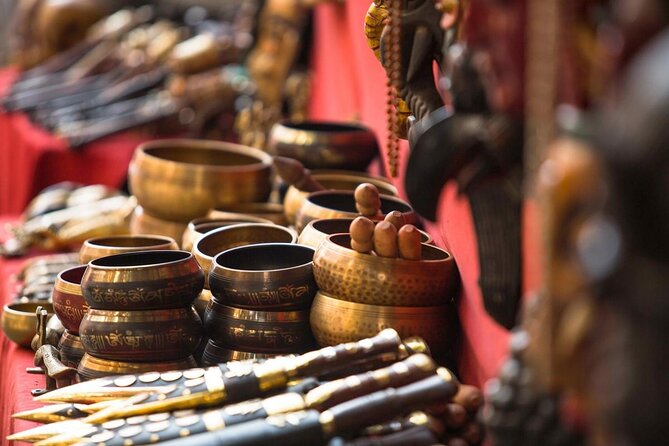
- Breathtaking Himalayan panoramas and serene sunrise/sunset views
- Encounter Sherpa culture and traditional mountain villages
- Moderate trek difficulty with 7-10 day duration
- Essential packing list includes trekking gear and first aid kit
Trek Overview
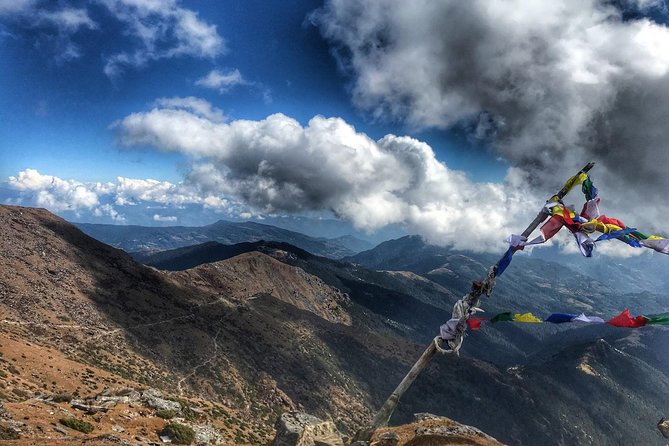
With stunning panoramic views of the Himalayas and a moderate physical fitness level required, the Pikey Peak Trek offers adventurers a private tour through breathtaking landscapes. Trek highlights include encountering traditional Sherpa villages, diverse flora and fauna, and the chance to witness majestic sunrise and sunset views over the snow-capped peaks.
Adventurers can choose from alternative routes that cater to different preferences, such as a more challenging path for experienced trekkers or a leisurely trail for those seeking a more relaxed journey. These alternative routes provide flexibility and variety, ensuring that hikers can tailor their Pikey Peak experience to their desired level of adventure and exploration.
Best Time to Visit
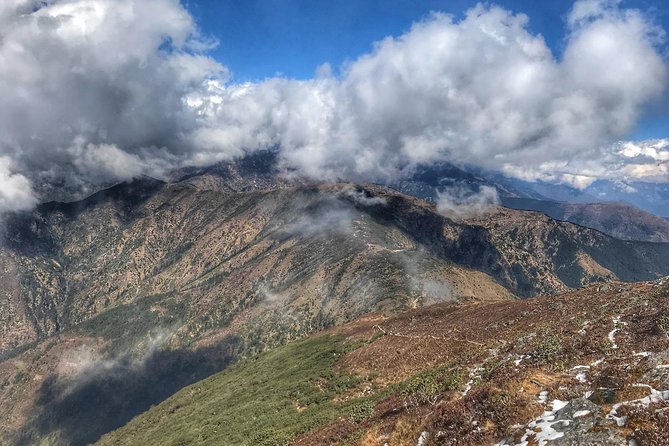
For optimal trekking conditions and to experience the stunning vistas of the Himalayas in their full glory, adventurers planning to embark on the Pikey Peak Trek should carefully consider the best time to visit.
-
Spring (March to May):
- Weather patterns: Mild temperatures and blooming rhododendrons make for a picturesque journey.
- Peak conditions: Clear skies offer unparalleled views of the surrounding peaks.
-
Autumn (September to November):
- Weather patterns: Dry weather and stable temperatures provide excellent trekking conditions.
- Peak conditions: Crisp air enhances visibility, allowing trekkers to enjoy panoramic mountain views.
Choosing to trek during these seasons ensures hikers can fully appreciate the natural beauty and challenges that the Pikey Peak region has to offer.
Trek Difficulty Level
The trek difficulty level of the Pikey Peak Trek varies depending on the chosen route and individual hiker’s physical fitness level. Fitness requirements for this trek are moderate, but it’s crucial to be in good physical condition due to the altitude and steep terrain.
The trek duration typically ranges from 7 to 10 days, allowing for a gradual ascent to help with altitude acclimatization. Safety precautions include staying hydrated, recognizing signs of altitude sickness, and following the guidance of experienced guides.
It’s recommended to undergo proper training before attempting this trek to ensure a safe and enjoyable experience. Being prepared for the challenges of high altitude and long trekking days will significantly enhance one’s ability to complete the Pikey Peak Trek successfully.
Must-Pack Items
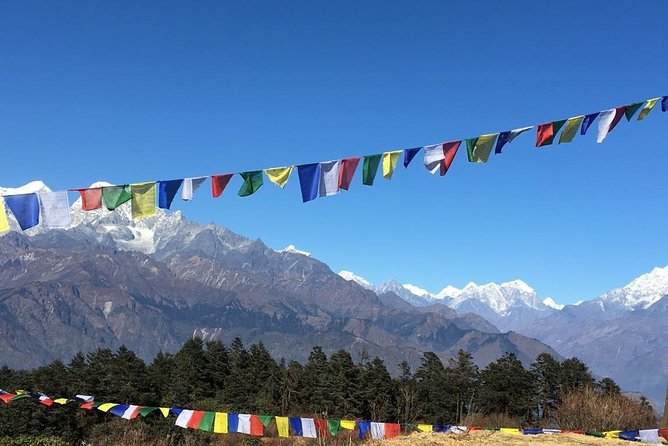
Pack essential items such as sturdy hiking boots, lightweight layers, and a high-quality backpack for the Pikey Peak Trek to ensure comfort and preparedness throughout the journey. When preparing for this adventure, consider the following gear recommendations:
- Waterproof Jacket: Protection against unexpected weather changes.
- Trekking Poles: Aid in stability and reduce strain on knees during ascents and descents.
- Sleeping Bag: Necessary for staying warm in the chilly mountain nights.
- First Aid Kit: Include essentials like bandages, pain relievers, and altitude sickness medication.
These items are crucial for a successful and safe trek to Pikey Peak, ensuring you’re equipped to handle the varying terrain and conditions of the trek.
Local Culture Insights
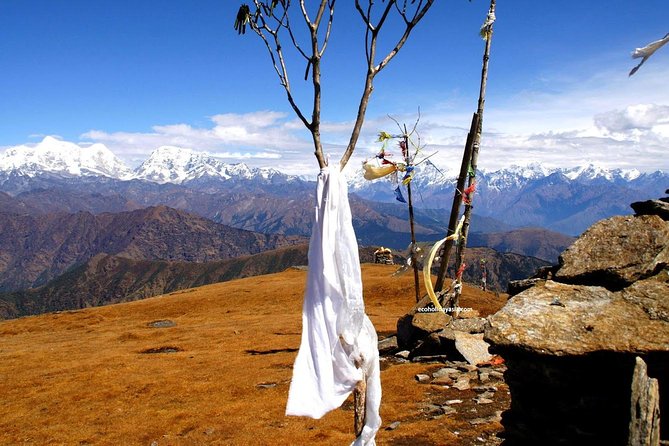
As trekkers navigate the rugged trails of the Pikey Peak region, they enjoy a rich tapestry of local customs and traditions that offer a deeper understanding of the Sherpa culture.
Traditional practices such as prayer flag ceremonies and yak herding provide insights into the daily lives of the Sherpa people. Cultural immersion opportunities abound as trekkers interact with locals in mountain villages, experiencing warm hospitality and traditional Sherpa cuisine.
Witnessing ancient rituals like Mani Rimdu festivals can be a highlight, showcasing intricate dances and spiritual performances. Exploring monasteries and learning about Buddhism from resident monks adds a spiritual dimension to the trek.
Common questions
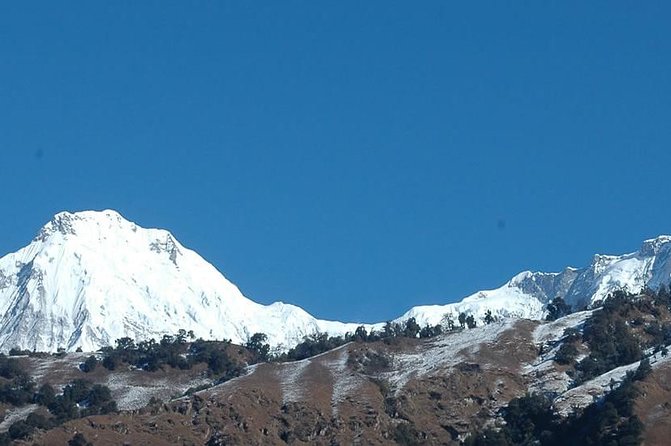
Is There a Minimum Number of Participants Required for the Pikey Peak Trek?
For trekking experiences like the Pikey Peak Trek, the group size requirement varies. Some tours may require a minimum number of participants for logistical reasons, ensuring a more engaging and shared experience for all involved.
Are There Any Age Restrictions for Participating in the Trek?
Age restrictions and health requirements are essential for trek participation. Good physical fitness is necessary. No specific age limit mentioned, but individuals with serious medical conditions should consult a doctor before embarking on any physically demanding activities.
Are There Any Specific Dietary Restrictions That Need to Be Considered During the Trek?
For dietary preferences during the trek, participants should communicate any restrictions or allergies in advance. Embracing local food options enhances cultural exchanges. Understanding local customs ensures a smoother experience. Open communication about dietary needs fosters a positive journey.
What Type of Accommodation Options Are Available During the Trek?
Tea houses, lodge stays, guesthouses, and camping are common accommodation options during treks. Travelers can experience a range of choices based on comfort preferences and enjoy the local culture and landscapes.
Are There Any Opportunities for Cultural Interactions or Homestays Along the Trekking Route?
Travelers can enjoy cultural exchanges and experience local homestays along the trekking route. These opportunities provide unique insights into the daily lives and traditions of the communities, enhancing the overall trekking experience.
Last Words
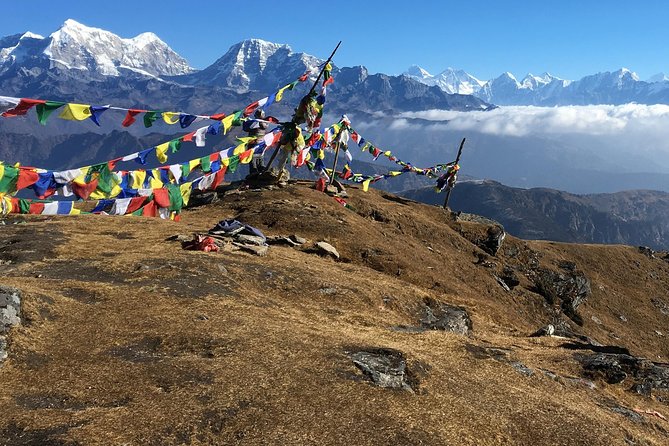
To sum it up, the Pikey Peak Trek offers a perfect blend of adventure, culture, and natural beauty for trekkers seeking a unique Himalayan experience.
With its moderate difficulty level and stunning landscapes, this trek is sure to leave a lasting impression on all who embark on this journey.
From the towering peaks to the vibrant Sherpa villages, every step taken on the Pikey Peak Trek is a step closer to discovering the raw wilderness and rich heritage of Nepal.